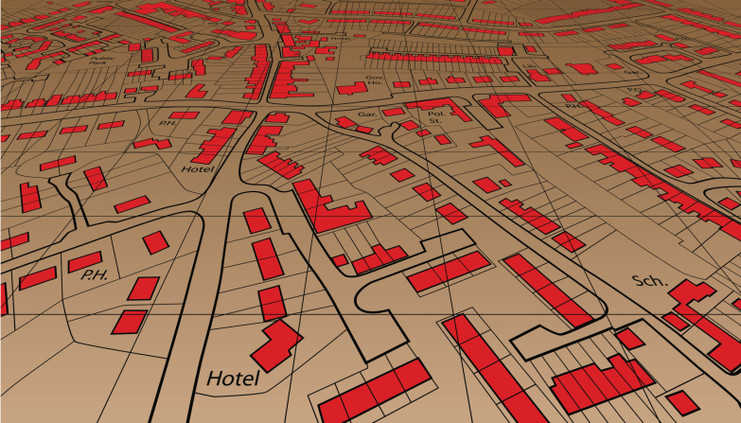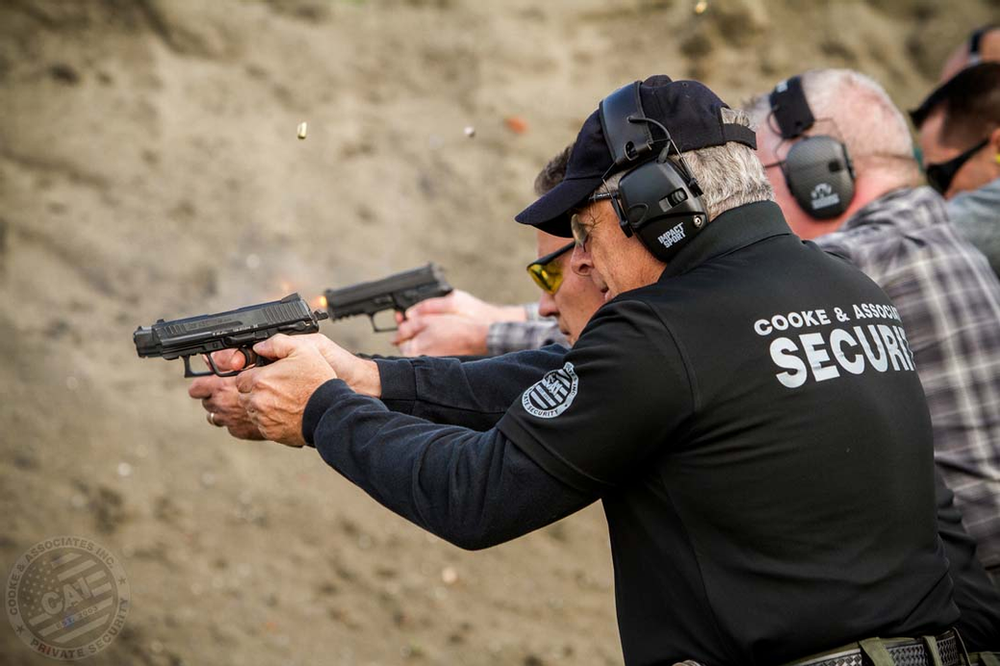In the early stages of my protection career I was fortunate enough to receive some outstanding executive protection training. From Robert Oatman’s 7 day residential program, to David Johnson’s demanding 120 hour ITG course to the Department of Justice Advance Dignitary Protection course, each one emphasized the importance of advance work. As I complete my 25th year in the business, the value of an advance still holds true today as it did on my very first detail. Not conducting some sort of an advance is setting your principal, your career and you up for failure. Knowing the location of the closest trauma hospital to a secure room for an impromptu meeting, benefits your client and sets you apart from others in the industry.
Advance Basics Although I typically average a 1-2 days of advance work for every 3 working days of the detail, there are often times when that luxury doesn’t exist. Regardless, the basics of the advance are the same.
Once I receive notification of the detail, my first step is to connect with the principal’s assistant, handler or someone in a position to provide me with some basic information – an itinerary, travel information, medical condition/history and preferences, past and present threats etc.
My next step is to spend time online. I typically start by researching sites for venues listed on the itinerary looking for items such as floor plans, evacuation routes, and services offered (business center, restaurants, meeting space, first aid rooms etc.). I’ll locate points of contact and telephone numbers for security directors, hotel and event managers, 24/7 landline numbers for the command centers, and even consigner services. I make it a point to call and introduce myself to each person providing a limited amount of general information. Typically the call will go something like this: “Good afternoon. My name is Joe Smith, and I’m with a client who will be visiting your location in the coming weeks. I will be stopping by your facility and wanted to see if you have time to meet.” I never provide the principal’s name, duration of stay, where the principal will be while on property, or anything else that would identify the detail.
I then move on to mapping programs to establish a primary route as well as a second and third alternate route between all venues. If I know the approximate times of movement, I check traffic related mapping sites to get an estimate of travel time. I then move on to reviewing local event sites to determine if there are any sizable events taking place that will affect movement times between venues. I’m looking for events such as a football game with 50k+ in attendance that could have heavy pedestrian traffic, or a large event such as a convention being held in the same hotel where the principal is staying. From here I move on to locating medical resources and “safe spots” along each of my routes. I’m looking for local police and fire stations as well as trauma hospitals with helipads.
Finally if the principal doesn’t have an intelligence unit, I then spend time online researching him/her and any sites associated with them i.e. company websites, profile articles etc. I include social media sites like Twitter, Facebook and even professional sites like LinkedIn. Not only will this provide profile information and the current climate surrounding the principal, they can even identify potential threats – i.e. possible planned protests, persons of interest, direct threats etc.
While I believe the Internet is a great tool to have in your toolbox, I NEVER rely solely on the information alone. Once one the ground I ALWAYS verify what I have found online. This includes driving all routes, confirming travel times, phones numbers, room locations, entry and exit points, emergency stairwells, fire extinguisher and AED locations etc.
Point Of Contact Meeting Although meeting with a venue POC seems pretty basic, I have witnessed some detail leaders turn a brief meeting into a major mess that sets the tone for a disastrous time at the venue. The following are some basic tips:
I always make in person contact with the POC and ensure I show up on time for our meeting. I always remain professional and provide a business card with my mobile number. I get the POC’s work schedule and ensure their working the days of the detail. If not then I make face to face contact with the person who will be onsite. I will oftentimes ask about multiple non public access points into the venue but try not to provide them with a decision until closer to the actual detail. If utilizing a dock entrance I either ask for an introduction to the on duty dock guard who will be working during the hours of the detail or ask for a mobile number for the post. Last but not least, I always remember there is a balance between how I want my detail to run and knowing that I’m a “guest in their house.” Attitude and picking your battles are EVERYTHING.
Although this is not a complete list of how to conduct an advance, it is a good foundation to get started.
Remember: some kind of plan is better then no plan at all!


